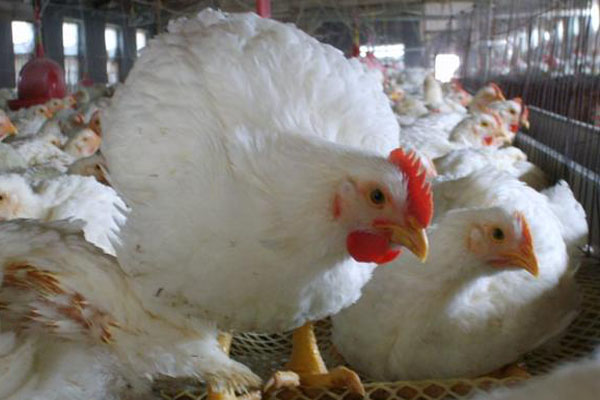Advantages of raising chickens in layer cages
- font size decrease font size increase font size
In the process of choosing a breeding industry, you can see many breeders of laying hen cages. When building chicken coops, they will choose closed chicken coops, that is, there are no windows around them. Some farmers may keep a few small vents, and then use multi-layer cages to raise layers. So what are the advantages of using this type of hen house to breed layer and broiler chickens?
1. Closed chicken coop is easier to control the environment. The use of closed chicken houses to raise chickens and the preparation of some chicken equipment can better provide a comfortable growth and production environment for the flock, which meets the physiological and production needs of the chickens. The closed chicken house will not be affected by the natural environmental conditions, and the production is stable and safe. Through manual control operation technology, it is conducive to controlling the growth and development of chickens, sexual maturity and stimulating egg production cycle, which is convenient for monitoring the quality and quantity of chickens. Measures such as restricting feeding and forced moulting.

2. Can achieve intensive large-scale breeding. Farmers using closed-type chicken houses to breed laying hens can use multi-layer chicken cages to raise chickens, concentrate the farmers, and make reasonable use of the area of the chicken house to increase the number of chickens and increase the land utilization rate. The growth and production of chicken flocks can generally be controlled in accordance with the standard of chicken breeding, and a large-scale breeding mode can be realized.
3. Save manpower and reduce feeding costs. When using closed chicken coops for breeding, you can use equipment to complete the work of ventilation, light, humidity, even feeding, drinking water, and epidemic prevention, which can reduce the labor required in the breeding process. And the use of equipment to raise chickens is more advanced and efficient, and the artificial waste of feed will be greatly reduced, thereby improving the production efficiency and reducing the feeding cost.
4. Good isolation and disinfection, less cross-contamination. The enclosed chicken house is almost isolated from the outside world, so it will not be threatened by the outside environment and pathogens. At the same time, the disinfection and sterilization in the chicken house can be controlled in a certain space, so the chance of cross-contamination will be greatly reduced, which is conducive to the prevention and control of epidemics, especially major animal diseases.
5. Good disease control. Because the environment for keeping chickens in a closed house can be controlled better, the chickens are less likely to get disease. Compared with other types of chicken coops, even if the chickens are infected with the same blight, the environment inside the chicken coops makes the medicine more scientific and more effective, so the treatment is easier and the treatment cost is lower.
6. Can produce normally under extreme environment. Like the open chicken house in the past, if it encounters high temperature, high cold and high humidity, the flock will be seriously affected. However, the closed chicken coop is controlled by complete human conditions, no matter what extreme environment it encounters, it can use a lot of energy for human control, so it can still organize normal production when it encounters extreme environments.
These are some of the advantages that the author summarized and shared for farmers, using closed chicken coops for laying hens and broilers. It is precisely because of the various advantages in the past that many farmers have built closed chicken coops for breeding, laying a solid foundation for improving efficiency.

